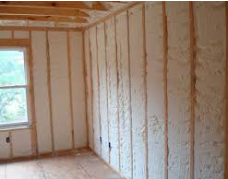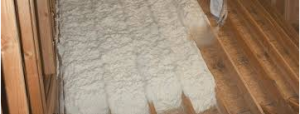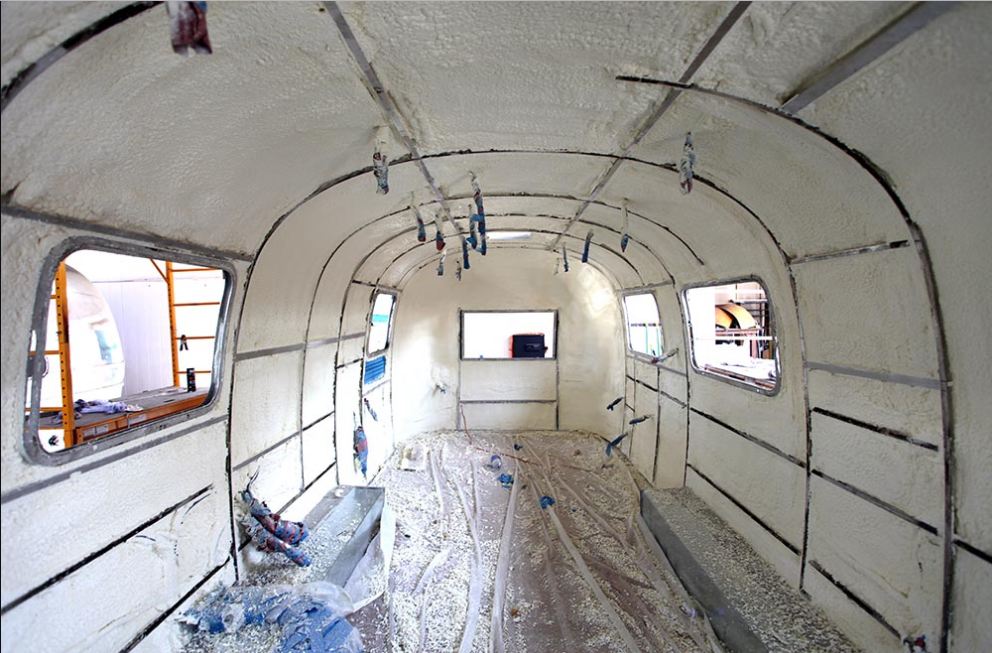In the new past insulators like fiberglass we used. Fiberglass has been replaced by spray foam insulators in most countries. Spray foam insulators entail a combination of two chemicals polyol resin and isocyanate that are pit together on the tip of a gun at the same time; the two compounds form an expanding foam that is sprayed on roof tiles, cavities of finished walls, concrete slabs, and holes that are drilled in buildings during construction. Click on the highlighted link for the spray foam contractors near Philadelphia.
There are endless advantages of using spray foam insulation on buildings. The benefits include cutting energy bills, toping of air and moisture from getting into the room, strengthening the structure of the building, protecting the building from airborne pollutants, allergens and mold, therefore recreating a safe internal environment.
Spray foam insulation is divided into two categories closed cell and open cell insulation
Closed cell foam insulation
 Also, referred to as 2lb foam is usually heavier than the open cell foam insulation. The closed cell foam insulation has a smaller, more compact cell structure. The closed cell foam insulation is a good air barrier and also a water barrier. Mostly the closed cell foam insulation is used in roofing projects or any other outdoor applications. However, it is used anywhere in the building in question.
Also, referred to as 2lb foam is usually heavier than the open cell foam insulation. The closed cell foam insulation has a smaller, more compact cell structure. The closed cell foam insulation is a good air barrier and also a water barrier. Mostly the closed cell foam insulation is used in roofing projects or any other outdoor applications. However, it is used anywhere in the building in question.
Open cell foam insulation
The open cell insulation is also referred to as ½ lb foam this is a type of open cell where the little cells are carefully shut. The open cell foam insulation is a cheaper option because it has lesser chemical compared to the closed cell foam insulation. It does not give a barrier to water and moisture but very excellent for water barrier. The open cell foam insulation is spongy in appearance. It is popular with interior walls as it gives a reduction to sound. Not suitable for outdoor functions.
Closed cell foam insulation vs. open cell foam insulation
 Closed cell insulation is more expensive compared to the open cell foam insulation which is cheaper. It is stronger as compared to open foam insulation has a higher R-value, it is also suitable as a barrier to water and moister offering resistance to leakage. The main disadvantage is that it requires more material making it denser than the open cell foam insulator. The primary choice of the insulators solely dependent on the on the function of the insulation and the location of the area to be insulated.…
Closed cell insulation is more expensive compared to the open cell foam insulation which is cheaper. It is stronger as compared to open foam insulation has a higher R-value, it is also suitable as a barrier to water and moister offering resistance to leakage. The main disadvantage is that it requires more material making it denser than the open cell foam insulator. The primary choice of the insulators solely dependent on the on the function of the insulation and the location of the area to be insulated.…

